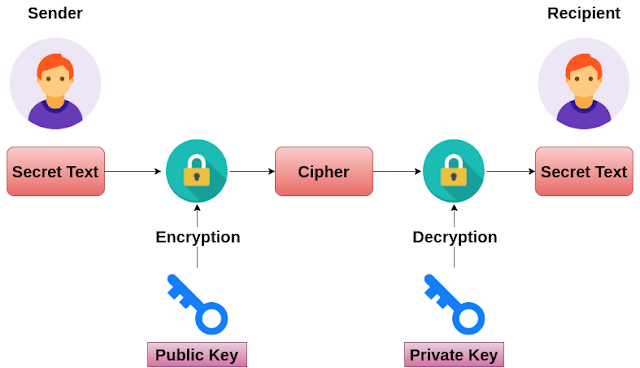How to iterate over a map in Go?

A map is an unordered collection of key/value pairs, where each key is unique. Go Range keyword is used in different kinds of data structures in order to iterate over elements. Example 1: Iterate over all keys and values // Go program to illustrate how // to iterate the map package main import "fmt" // Main function func main() { // Let’s define a map first usermap := map [ string ] string { "North America" : "Adam" , "Asia" : "Yusuke" , "Africa" : "Arif" , "South America" : "Rahul" , "Australia" : "Joy" , "Europe" : "Roman" , "Antarctica" : "Penguin" , } // Iterating over all keys and values for id, name := range usermap { fmt.Printf( "id :%s name: %s\n" , id, name) } } Output: Example 2: Iterate over all k



